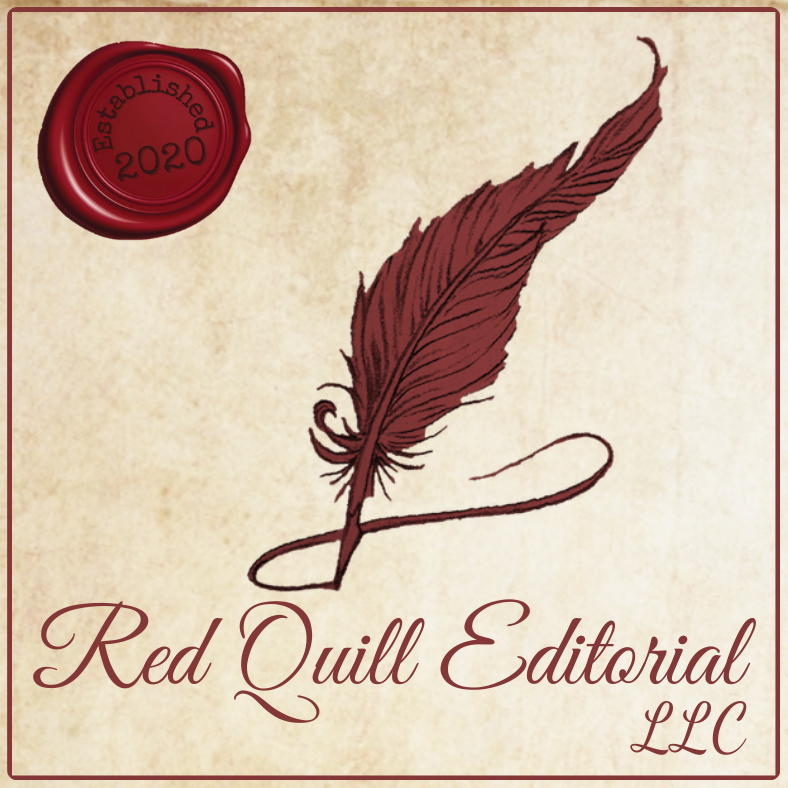To Change Names or Not? That Is the Question…
What is Creative Nonfiction?
We all know the two broad genre categories, fiction and nonfiction. Fiction is a concept created or made up by the author’s imagination. Genres that fall under this category include thrillers, mysteries, romance, fantasy, sci-fi, and more (think novels). Nonfiction involves the facts and tells a truth. Genres that are considered nonfiction include biographies, historical nonfiction, religion and spirituality, self-help and DIY guides, cookbooks, and more.
So, how can you combine the two? How can nonfiction be creative if it’s supposed to be true and factual? Well, creative nonfiction differs from the bulk of its nonfiction genre in that it tells a true story, but it doesn’t solely contain objective facts. While creative nonfiction is based on true events and sticks pretty closely to the facts, this genre often embellishes some details or fills in gaps that were previously not there for entertainment purposes (not to be confused with historical fiction, which is a wholly fictional story that takes place in the past).
Creative nonfiction aims to find a balance between the engaging literary style of fiction, and maintaining the factually accurate details of nonfiction. Consider a memoir that adds dramatic flair, contains elements of fiction such as thematic development, and reads like a novel. Maya Angelou’s I Know Why the Caged Bird Sings is a wonderful example of this genre. If you want to write a true story such as your memoir, but want to do so in an entertaining way that reads like a novel, you’d be writing within the creative nonfiction genre.
Changing Names
Now for the big question: when writing a true story that involves other real people from your life, should you change their names in your book? There’s a long answer to this question, but the short answer is yes. If you are painting them in any sort of light that could be considered even the tiniest bit unflattering, it would be wise to protect yourself from potential defamatory lawsuits. In fact, it is recommended that you not only change their names but the location and the dates as well (this is considered common practice in the creative nonfiction genre).
A Step Further
If simply changing the names doesn’t quite feel like enough to protect yourself, perhaps because you are embellishing several details for dramatic effect, you could take it a step further and present your story as entirely fictional. If that doesn’t suit you, consider styling your fictional elements differently than your factual elements. You could also directly acknowledge when you have embellished or filled in the gaps creatively. Basically, ensure that your reader knows when you are reporting the facts versus when you are using creative invention.
Alternative Options
However, I also understand that changing names, dates, and locations could utterly destroy some stories. If this is your situation, fortunately, there are some alternative options you could use as a workaround. Just keep in mind that these options are more difficult to achieve, though not entirely impossible.
Written Permission
You could attempt to gain written permission from those who will be mentioned in your book. This can be rather difficult however, as not everyone will agree with the story you are sharing or how you depict them. Keep in mind that even if you obtain written permission, it does not guarantee your safety from a lawsuit.
Remain True
Another option is to remain true—be fair, don’t lie, and acknowledge your subjectivity in the opinion of the story. My husband always says there are three sides to every story: his side, her side, and the truth. Much the same way as two people can understand or interpret a painting or a saying or anything else in two entirely different ways, your truth is your truth, not theirs. Even if it’s true to you, your point of view will always be subjective.
Let Your Reader Decide
Leave any conclusions about the motivation or morality of your characters up to your reader. Be cautious of declarative statements such as, “She was rude/beautiful/funny/etc,” and instead clearly state when something is your opinion. Consider using phrases such as “I felt,” “Perhaps,” and “Maybe.”
The Bottom Line
Put yourself in their shoes—you wouldn’t be very happy if someone else said some pretty harsh things about you in their book and chose to use your real name on top of it, would you? No matter which direction you choose to go, always respect the privacy of others. When writing creative nonfiction, you will need to consider your ethics both in regard to your readers (don’t mislead them) and anyone mentioned in your manuscript (don’t defame them).
Red Quill Editorial LLC

Think you might be ready for an editor? If you’re unsure what type of editing you need, want to know how much it might cost, or simply have a question for me, Contact Me today. I am happy to discuss your manuscript with you!
Return to the Tips for Writers index


